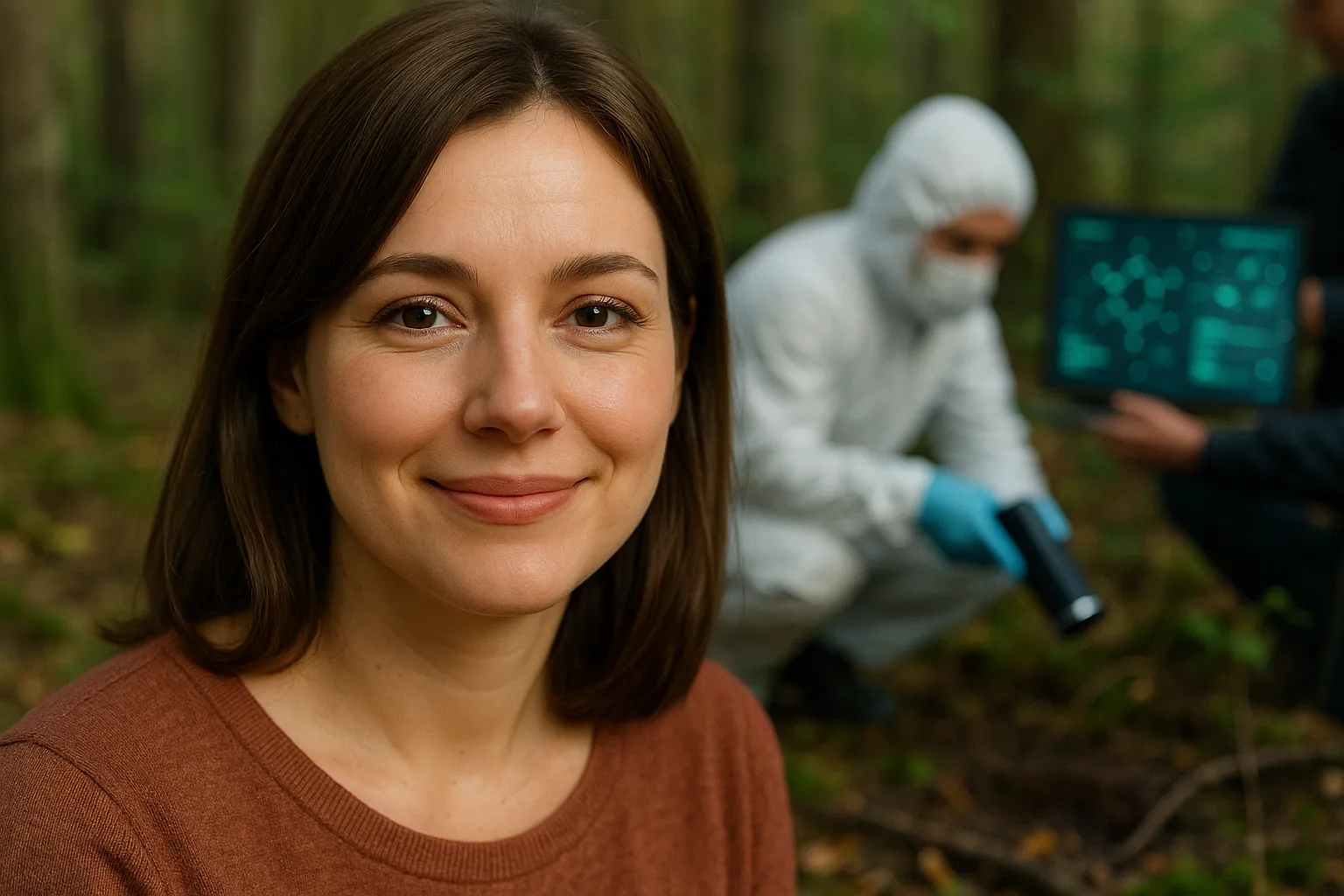Trailblazing Scentomics: AI-Driven Odor Sensing in Forensics and Criminal Investigations
In the cutting-edge world of forensic science, AI-based odor sensing—'scentomics'—is reshaping the landscape of criminal investigations. From enhancing the detection of traces at crime scenes to deciphering the molecular secrets of odors, this emerging technology is revolutionizing how evidence is collected, analyzed, and applied in criminal profiling. This article explores how scentomics bridges the gap between traditional forensics and the innovative realm of artificial intelligence, offering a glimpse into its transformative potential for public safety and the future of law enforcement worldwide.
The Evolution of Forensic Science: Understanding Scentomics
Forensic science has consistently evolved to incorporate the latest technological advancements, and scentomics is a prime example of this progress. By combining principles of chemistry, biology, and artificial intelligence, scentomics enables the detection and analysis of odors that may hold invaluable clues at crime scenes. The molecular composition of scents, often overlooked in traditional forensic methods, now takes center stage, offering insight into the environment or individuals present during a criminal event.
At its core, scentomics represents a revolutionary shift in how forensic experts approach evidence gathering and interpretation. Odors, once intangible and subjective, can now be measured and analyzed with extraordinary precision. AI-powered tools, including highly sensitive electronic noses, allow researchers to profile and categorize scent patterns. This breakthrough technology paves the way for uncovering minute details that can validate alibis, identify suspects, or even reconstruct crime scenes with greater confidence.
The integration of artificial intelligence into odor analysis expands the boundaries of forensic science by bridging intuition with data-driven methods. Unlike conventional approaches that rely heavily on visual or physical evidence, scentomics focuses on the invisible but crucial connections between smell and human behavior. This innovative field enables investigators to capture biochemical signatures unique to individuals or environments, unlocking a new dimension in identifying perpetrators and establishing culpability in legal contexts.
Scentomics is not just a scientific milestone; it is a transformative tool that reshapes the future of public safety. By decoding the molecular language of odors, forensic scientists can uncover layers of information that were previously inaccessible. As this technology becomes more refined, it holds the promise of faster, more accurate, and less invasive methods for solving crimes. With scentomics, we are witnessing the dawn of a new era in criminal justice and forensic capabilities.
How AI is Changing Odor Analysis and Crime Scene Investigation
Instead of trying to produce a program to simulate the adult mind, why not rather try to produce one which simulates the child’s?
Alan Turing (1950 October 1)
Unlike conventional methods, which heavily rely on visual or circumstantial clues, these tools provide robust, scientifically verified findings.
From Crime Scenes to Criminal Profiling: The Future of AI and Public Safety
The future of public safety is set to transform as scentomics moves from labs to real-time applications in criminal profiling. By combining molecular analysis with AI, investigators can accurately identify biochemical footprints left behind by individuals at crime scenes. This data-driven approach not only enhances traditional investigative techniques but offers deeper insights into criminal behavior. The ability to analyze odor patterns will bring unparalleled precision, ensuring investigations are both more efficient and highly reliable.
AI-powered scent detection technologies, such as the electronic nose, are revolutionizing how law enforcement handles evidence. These advancements enable experts to dissect complex scent compositions, revealing new details about suspects or criminal events. Unlike conventional methods, which heavily rely on visual or circumstantial clues, these tools provide robust, scientifically verified findings. This intersection of AI and forensics empowers investigators with stronger, data-backed evidence, enhancing accuracy while reducing reliance on subjective interpretations.
Integrating scentomics into criminal profiling takes forensic science into uncharted territory. By mapping odor signatures tied to specific individuals or environments, law enforcement can construct more accurate profiles of unknown offenders. This evolution represents a significant leap forward for public safety, bringing technology and science together to decode hidden, yet critical details. As this field expands, it will become an indispensable asset in not only solving cases but also preventing future crimes.
As scentomics technology continues evolving, its implications for public safety will extend far beyond the crime scene. By leveraging its rapid, precise analytic techniques, investigators can reduce the time spent solving complex cases significantly. This breakthrough has the potential to save lives by accelerating suspect identification and eliminating unnecessary delays. The future of scentomics promises smarter, faster tools that uphold justice with higher accuracy, offering invaluable support to global law enforcement efforts.
The adoption of scentomics highlights a pivotal shift in how human scent is utilized within forensic contexts. Unlike traditional evidence forms, scents offer unique, often overlooked molecular markers that deliver a wealth of untapped information. By decoding these markers through AI, investigators can reconstruct events with unmatched clarity. This marriage of innovation and forensic science signifies enormous promise, marking the start of a safer, more advanced era for public safety and criminal justice worldwide.
